I've always been intrigued by Cyprus, which piqued my interest further when I read the book The World Without Us back in 2008.
Shortly before our trip, this article was published in the New York Times: On Cyprus Beach, Stubborn Relic of Conflict.
We didn't visit Famagusta, but we did visit both North and South Cyprus this month. They have been divided since 1974. There is an eerie and fascinating dynamic to this country, which has the only divided capital city in the world - Nicosia. It's part European, part Middle Eastern, with the Greeks and Turks living divided from one another by the UN Green Zone, except for in the small city of Pyla.
Driving across the island can be done in a matter of several hours, however there is a strict border crossing put in place by Turkey, who is the only country that recognizes the Northern section as "The Turkish Republic of Northern Cyprus". This makes me curious how much the North is entitled to EU taxation and assistance.
There's some difficulty in getting car rental companies to explicitly agree that you can take their cars North of the border, especially because their insurance does not cover accidents or car troubles once past the green zone, so third party insurance must be purchased at the border for 20€. Getting a rental car to bring South is impossible, which creates a large amount of taxi services to transport those who aren't crossing the border by walking.
Our flight arrived late in Pafos/Paphos, a small city the southwest of the island. We met with our car rental agent and repeated the fact we'd be crossing the border to make sure they were aware. The next day we were off to the first half of our trip in the North, which is the Turkish side. All rental cars in Cyprus have red license plates, so it's easy to spot others who are likely tourists.
The handy GPS that we had rented with our car stopped working at the border. The roads were mapped, however the names were completely missing. Since the cities are called different things in Greek, Turkish, and English, it made things more complicated, but thankfully I planned ahead and that made following the signs much easier.
The largest city in the North is Κερύνεια, Kyrenia, Girne. The coast is being built up with many British and Russian expats relocating and retiring in the area, so there's another interesting cultural mix going on. We rented a beautiful little sea side apartment and were able to talk with the agent about her experiences and how much the area has changed in the past few years.
The area is developing quite a bit, but it still has a rustic charm, unpaved streets, and ancient ruins. One day some shepherds brought goats perilously close to the end of the cliff.
At the market we even bought homemade hummus and carrot cake, which the owner said his wife and mother made. I loved that. We ate a lot of halloumi, hummus, and olives and spent most of our time exploring the coast and enjoying the beaches.
Navigation mapping
Visit Cyprus
Cyprus Car Rental
Shortly before our trip, this article was published in the New York Times: On Cyprus Beach, Stubborn Relic of Conflict.
We didn't visit Famagusta, but we did visit both North and South Cyprus this month. They have been divided since 1974. There is an eerie and fascinating dynamic to this country, which has the only divided capital city in the world - Nicosia. It's part European, part Middle Eastern, with the Greeks and Turks living divided from one another by the UN Green Zone, except for in the small city of Pyla.
Driving across the island can be done in a matter of several hours, however there is a strict border crossing put in place by Turkey, who is the only country that recognizes the Northern section as "The Turkish Republic of Northern Cyprus". This makes me curious how much the North is entitled to EU taxation and assistance.
There's some difficulty in getting car rental companies to explicitly agree that you can take their cars North of the border, especially because their insurance does not cover accidents or car troubles once past the green zone, so third party insurance must be purchased at the border for 20€. Getting a rental car to bring South is impossible, which creates a large amount of taxi services to transport those who aren't crossing the border by walking.
Our flight arrived late in Pafos/Paphos, a small city the southwest of the island. We met with our car rental agent and repeated the fact we'd be crossing the border to make sure they were aware. The next day we were off to the first half of our trip in the North, which is the Turkish side. All rental cars in Cyprus have red license plates, so it's easy to spot others who are likely tourists.
The handy GPS that we had rented with our car stopped working at the border. The roads were mapped, however the names were completely missing. Since the cities are called different things in Greek, Turkish, and English, it made things more complicated, but thankfully I planned ahead and that made following the signs much easier.
The largest city in the North is Κερύνεια, Kyrenia, Girne. The coast is being built up with many British and Russian expats relocating and retiring in the area, so there's another interesting cultural mix going on. We rented a beautiful little sea side apartment and were able to talk with the agent about her experiences and how much the area has changed in the past few years.
The area is developing quite a bit, but it still has a rustic charm, unpaved streets, and ancient ruins. One day some shepherds brought goats perilously close to the end of the cliff.
At the market we even bought homemade hummus and carrot cake, which the owner said his wife and mother made. I loved that. We ate a lot of halloumi, hummus, and olives and spent most of our time exploring the coast and enjoying the beaches.
At night we loved sitting on our balcony and looking up at the stars. With little light pollution there is so much visible above and it's mesmerizing.
Here are some helpful sites that I used while planning this trip:Navigation mapping
Visit Cyprus
Cyprus Car Rental
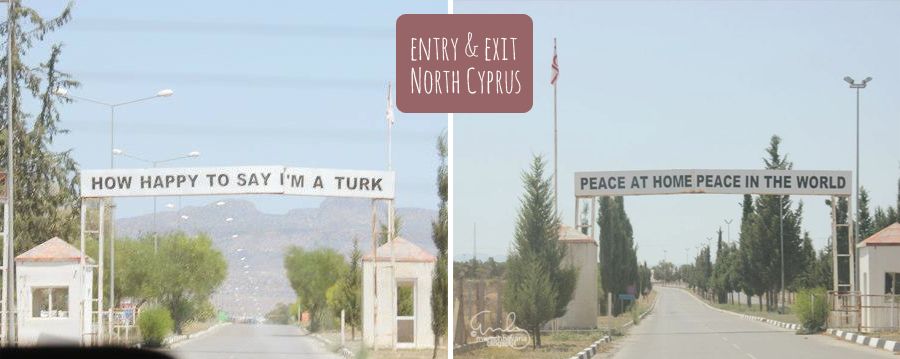
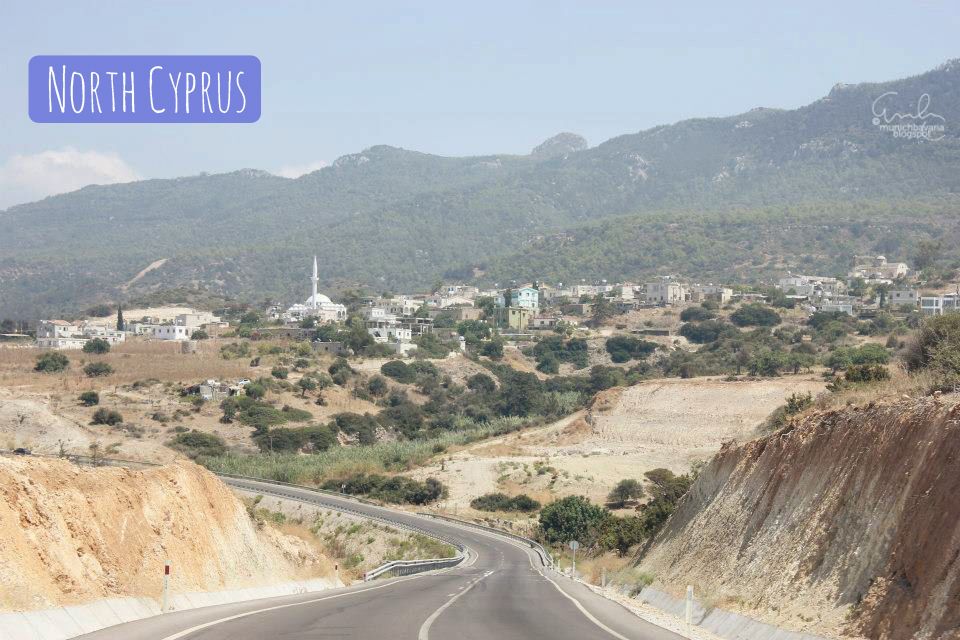



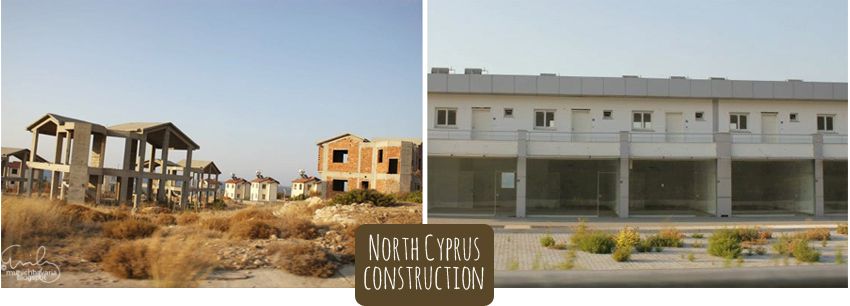

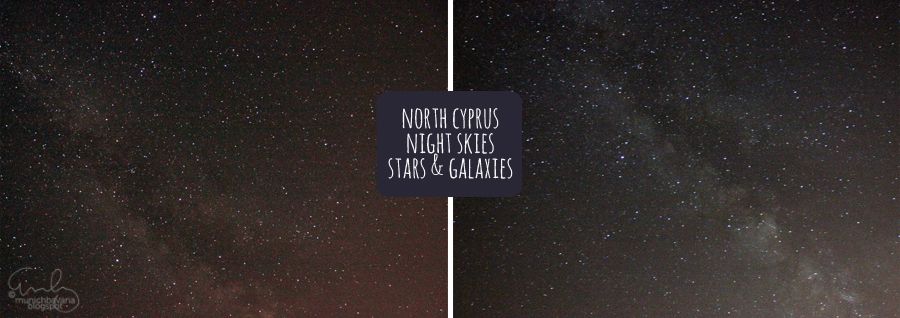
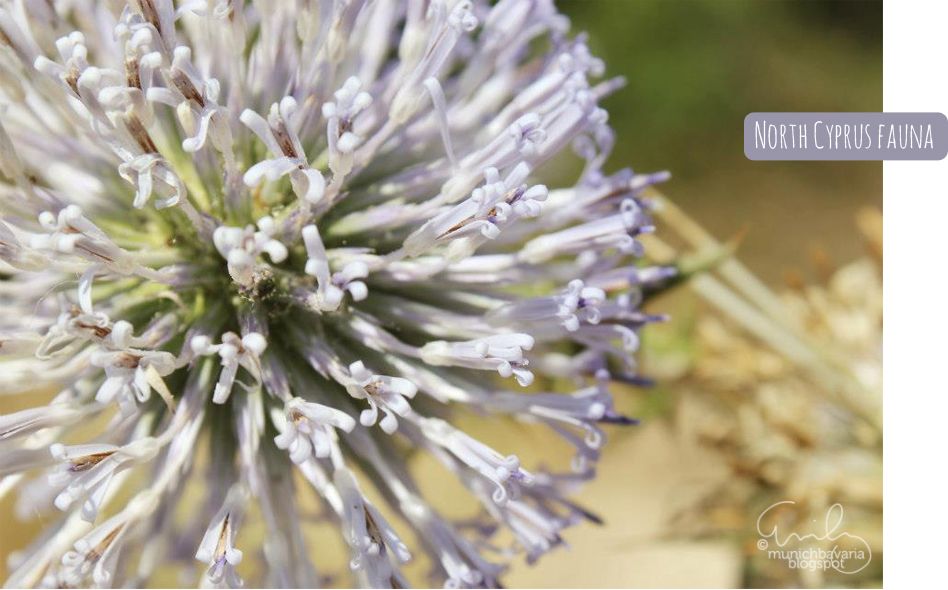
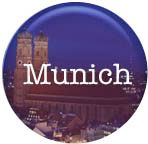
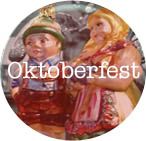
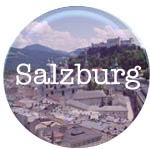
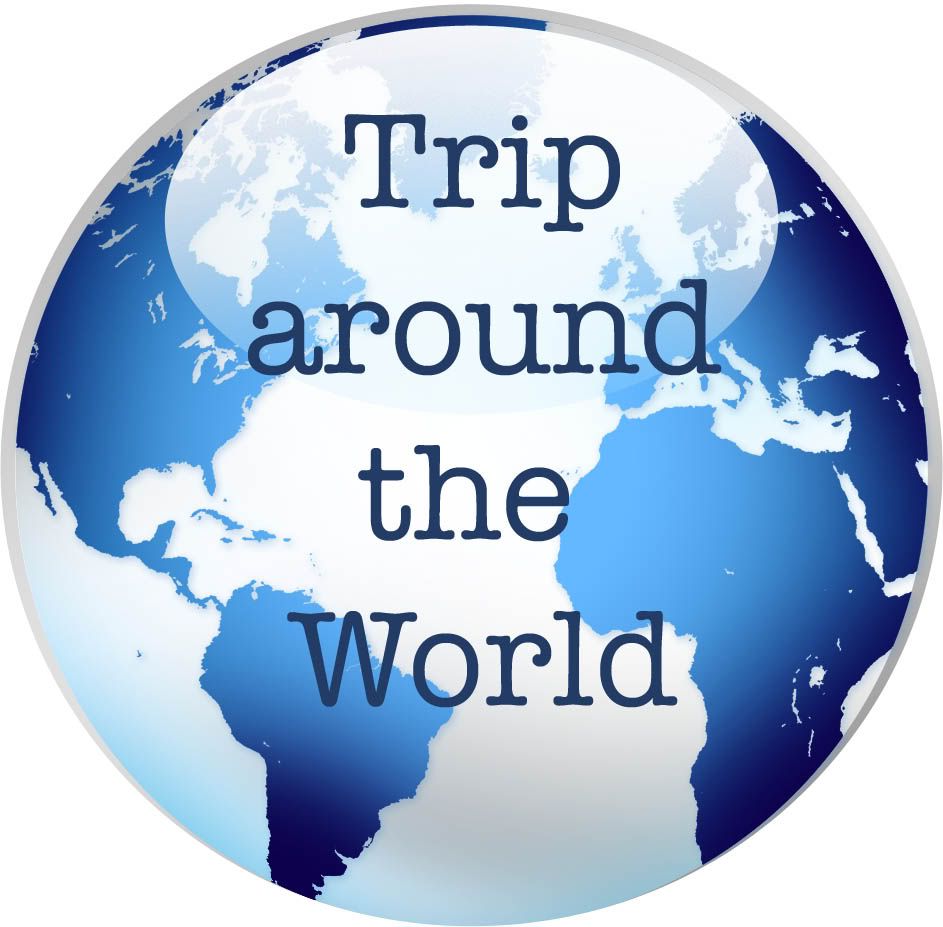
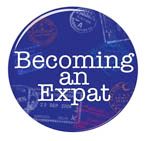
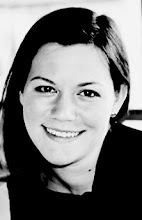



No comments:
Post a Comment